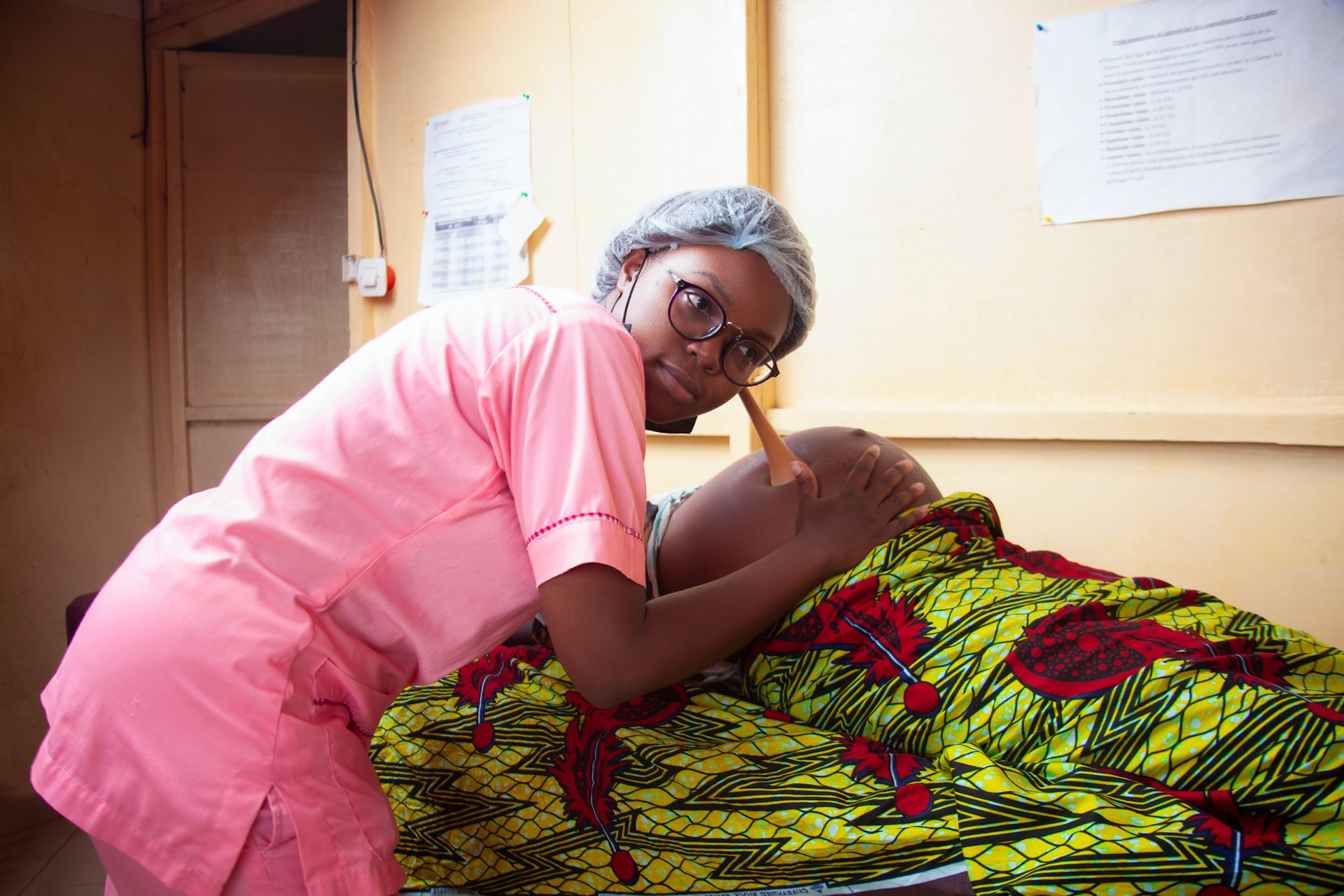Canada News
Health policies need to stop marginalizing Indigenous midwives

A radical shift is needed to recognize midwifery’s ability to provide sexual and reproductive care beyond pregnancy needs. (Iwaria Inc./Unsplash)
Outdated policies still prevent registered midwives – especially Indigenous midwives – from practising fully in British Columbia. That excludes their knowledge, skills and experience from the larger health-care context, preventing them from working with primary-care teams and allied health practitioners.
Canada failed to recognize and regulate midwives until the 1990s, choosing instead to sideline them and create barriers to their legitimate practice. The last such restrictions were finally lifted in Prince Edward Island just this year.
Even though midwives are now legally permitted to work in Canada, health policies marginalize the profession by not recognizing how midwifery can help clients with sexual and reproductive health needs beyond pregnancy alone.
This is most evident in Indigenous families, who continue to suffer from attempts by government agencies to suppress access to community care for Indigenous women and their babies through pregnancy, birth and into the postpartum period, for instance by forcing them to travel to get access to contraception, sexually transmitted infection (STI) testing and basic prenatal care.
The case for Indigenous midwifery
Sexual health, reproductive and perinatal care services in Canada have too often been racist toward Indigenous Peoples because health-care policies remain grounded in medical and patriarchal understandings that uphold harmful practices.
These include excessive apprehension and removal of Indigenous children from their kinship networks; forced, coerced and involuntary sterilization; and the suppression of Indigenous knowledge, teachings, language and ceremony related to birthing practices and life stages.
Indigenous midwives are clinically and culturally trained primary-care providers who care for pregnant women, babies, families and communities.
However, colonial narratives framed Indigenous midwives as uneducated and incompetent in caring for their people through pregnancy, childbirth, newborn care, early childhood development, puberty, menopause and death.
This view promoted increased hospitalization and medical intervention during pregnancy and birth throughout the 20th century. It continues to be used to justify pregnant women being evacuated from Northern and remote communities to urban medical facilities.
This mindset fails to nurture and support local, safe and non-judgmental sexual and reproductive health care for Indigenous Peoples.
There is good evidence that midwifery, which includes a holistic dimension, has the potential to improve physical, mental, emotional and spiritual health outcomes for youth. This is particularly evident among Indigenous youth between the ages of 15 and 24, who in 2021 made up 17 per cent of the Indigenous population in Canada.
Indigenous midwifery is an important part of redressing colonial legacies of harm and trauma. It is part of the culturally relevant care needed to address and prevent violence against Indigenous women, girls and 2SLGBTQIA+ people and their families. This idea was well documented throughout the final report from the National Inquiry into Missing and Murdered Indigenous Women and Girls.
Payment models for Indigenous midwives
Funding for midwifery services in most regions of Canada is based on reimbursement for specific care during pregnancy, birth and the early postpartum period. This model complicates matters for Indigenous midwives seeking to provide a broader range of sexual and reproductive services.
Previous research in the occupational health field has shown that salaried funding models for midwives improve clinical care and co-ordination by providing adequate time and space for community relationships, interprofessional collaboration and client-centred care.
A pilot project in British Columbia in 2022 hired two Indigenous registered midwives to assess their ability to meet the sexual and reproductive health needs of youth seeking care at the Victoria Youth Clinic, a primary-care clinic serving those between 12 and 24 years old.
The midwives, using their specialized cultural and clinical training, worked with a multidisciplinary care team to meet the diverse health needs of the community’s youth. Additionally, the midwives, along with community partners, were able to connect youth to social and cultural support networks beyond the clinic setting.
Why is Ontario cutting midwife funding?
Canada must prioritize midwifery as part of its development assistance
The project successfully promoted culturally safe care for Indigenous and non-Indigenous youth and referred them to other primary-care providers. Some of the youth had struggled with substance use and unstable housing. Others were Indigenous women and gender-diverse people experiencing high-risk pregnancies.
Integrating midwives into primary care reduced wait times for health services and provided timely contraception, medical abortions, treatment for sexually transmitted infections (STIs), and care after sexual assaults and intimate partner violence.
Midwives left out of primary-care reform
Despite the pilot project’s success, registered midwives still face regulatory and funding challenges that block their ability to address primary-care gaps in B.C.
Much has been made of the province’s newest health strategy, which has established 22 primary-care networks. But the strategy does not include reproductive care and midwifery despite the fact that 25 per cent of people in B.C. worked with a midwife in 2021 — more than any other province in Canada and that many families had no maternity care provider at all.
Examples of successful programs that have integrated midwives into primary care include federally funded First Nations’ midwifery pilot projects across the Prairie and Atlantic regions.
Midwives practising under an exemption in Ontario’s Midwifery Act have salaried funding, while the province’s Indigenous midwifery program increases their ability to serve Indigenous communities the same as other registered non-Indigenous midwives.
For Indigenous community-determined care to become a reality across Canada, a radical shift is needed away from a hierarchical and colonial approach to providing health services.
All registered midwives, Indigenous or not, are eager to help solve the primary and perinatal care crisis. They need to be given the recognition they have long deserved and be included as equals in Canada’s health-care system.
This article first appeared on Policy Options and is republished here under a Creative Commons license.





















